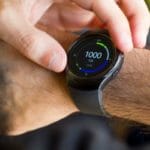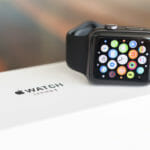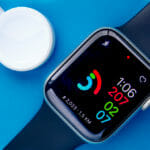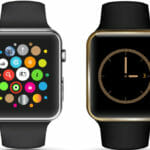Apple Watches are extremely popular. This smartwatch brand is widely-used thanks to its convenient features.
They not only help you keep on track with your notifications, but Apple Watches also have fantastic fitness-related features.
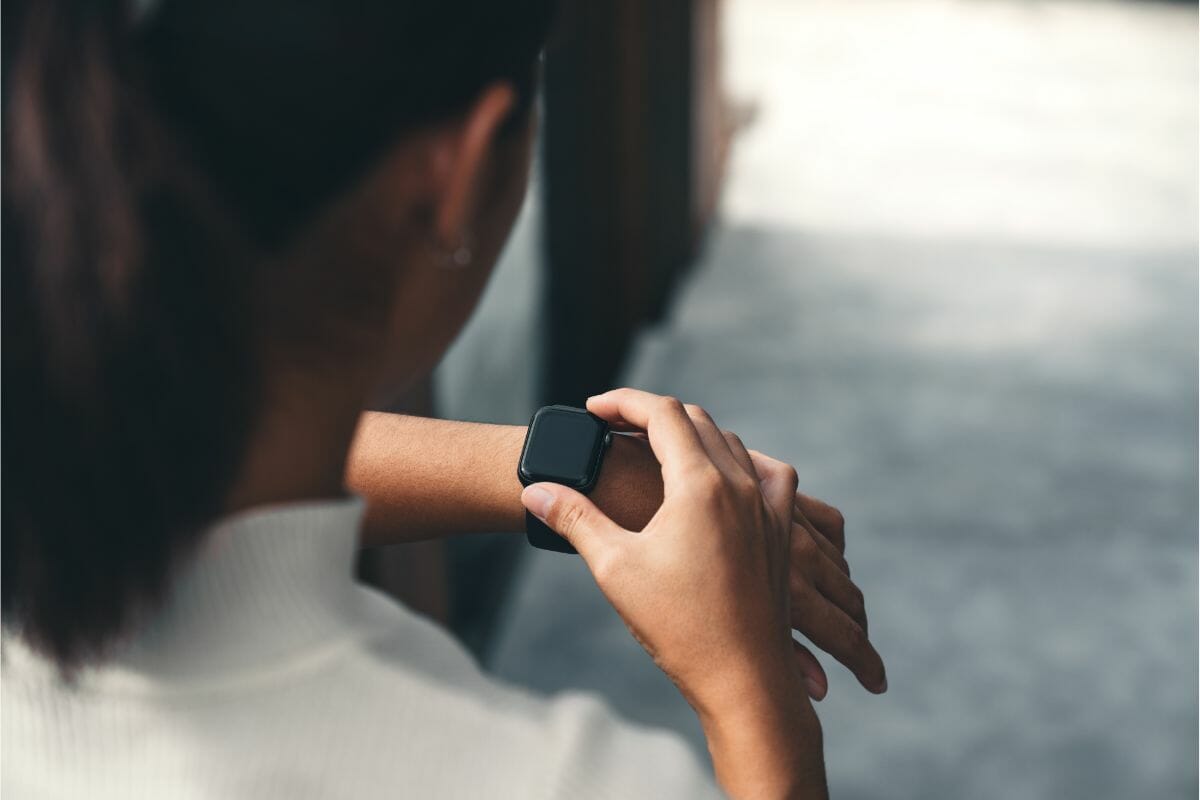
One such feature is the ability to check the user’s heart rate. This feature is especially useful for athletes, who can use the heart rate monitor to track their fitness levels.
Consequently, athletes can avoid overexerting themselves.
How accurate is the heart rate monitor? Continue reading to find out!
How Accurate Is Apple Watch Heart Rate?
When smartwatches and fitness trackers first emerged on the market, the accuracy of these heart rate monitors was low.
Lots of different studies have been completed regarding the accuracy of the Apple Watch heart rate monitors. The truth is that the accuracy of this detector can vary dramatically.
Research has shown that the accuracy can vary anywhere from 30% to 90%. Thus, it’s difficult to say how accurate this heart rate monitor is.
Yet, these studies have found that the heart rate detector is sufficient enough for healthy people. For the most part, they can offer precise readings.
If you suffer from atrial fibrillation or heart disease, I recommend using a more accurate heart rate monitor.
How Can You Increase Accuracy?
The large disparity in accuracy can be quite frustrating. The good news is that you can take steps to increase the accuracy of the heart rate monitor on your Apple Watch.
From my experience, these are some of the steps that you can take to increase accuracy:
- Combine your Apple Watch with a chest heart rate monitor. These chest monitors can connect to a wide assortment of devices. By combining these two heart monitoring devices, you can receive more accurate results. It can even be connected to your Apple Watch so long as the chest minotaur utilizes Bluetooth.
- Ensure the watch fits well. This won’t just increase your comfort levels, but a well-fitting watch may improve accuracy. This is because these devices need to stay atop the wrists. Loose Apple Watches may struggle to do this.
- Keep your Apple Watch nice and clean. When you exercise, your body will generate sweat to cool itself down. This sweat can build up around your Apple Watch, which may disrupt the sensor. To prevent this, simply use a towel to remove sweat from your smartwatch.
- Make sure that your Apple Watch has plenty of power. The Low Power Mode is a great way to conserve the battery. The bad news is that the sensor will no longer detect background heart rate. Not to mention, you will no longer receive notifications regarding your heart rate.
- Utilize a watch case. These protective cases will defend your watch, thus preventing damage. Some research has shown that using one of these cases can increase accuracy, though this is not always the case.
How Does The Apple Watch Heart Rate Monitor Work?
The Apple Watch’s heart rate sensor uses a system known as photoplethysmography (PPG). This may sound complex, but this refers to an optical technique that’s widely used in heart rate monitoring.
This system is based on the fact that blood is red. Human blood absorbs the color green. Therefore, this heart rate monitor utilizes green LED lights.
Used alongside light‑sensitive photodiodes, an Apple Watch can use this system to determine how much blood is flowing through the wrist.
The faster your heart is beating, the more blood will be flowing. Of course, this will increase when you are exercising, as your heart is pumping blood throughout the body.
Your Apple Watch will flash this LED light numerous times every second so that you can receive constant heart rate data.
It will then display this data in the form of heartbeats per minute (bpm). Users can then compare this figure to their resting heart rate.
Alternatively, an electrocardiogram (ECG) could be used.
Why Should You Monitor Your Heart Rate?
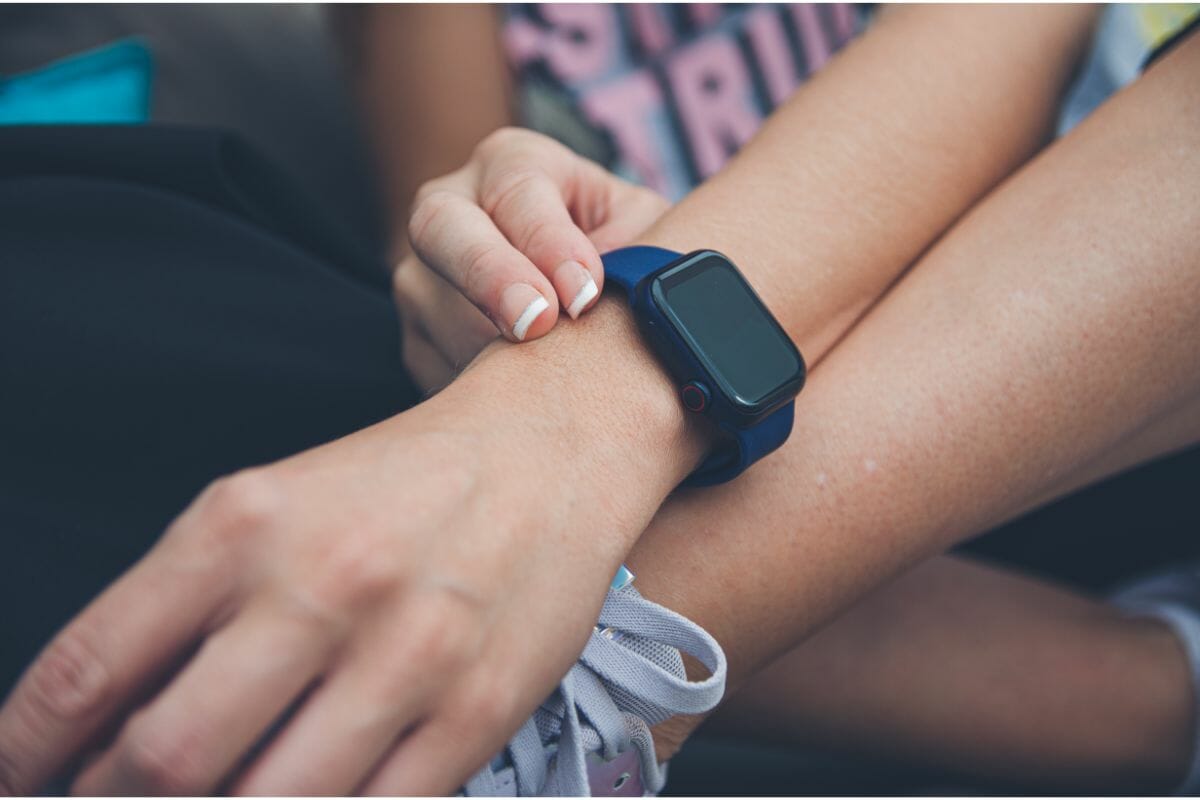
Now that you know all about the Apple Watch heart rate monitor, including its accuracy and how it works, you might be wondering what the point of this feature is.
The truth is that heart rate monitors are incredibly useful, especially if you exercise regularly. They’re great for wearing to the gym.
When you exercise, it’s important to get your heart rate up if you are intending to lose weight and burn fat.
A person’s heart rate is considered an essential health metric. It’s an excellent indication of how healthy an individual is.
For instance, if you have a high resting heart rate, this could be indicative of a larger health problem. A healthy resting heart rate is between 60 to 100 bpm.
Moreover, monitoring your heart rate can help you to avoid overtraining. Overtraining occurs when an athlete pushes their body beyond its limits.
This negatively impacts performance and can lead to injuries.
If it takes a long time to return to your resting heart rate after you’ve exercised, this could be a sign that you have overtrained.
Frequently Asked Questions
What Apple Watches Feature Heart Rate Monitors?
If you desire an Apple Watch with a heart rate monitor, you will need to find one of the following models:
- Series 4
- Series 5
- Series 6
- Series 7
- Series 8
- Ultra 2
How Can You Monitor Your Heart Rate With An Apple Watch?
To use this fantastic feature, all you have to do is:
- Ensure that the heart rate data has been turned on. To turn it back on, go to Settings and then Privacy & Security. Then go to Health to turn on this feature.
- On Your device, launch the Heart Rate app.
- From there, you can select what heart rate data you want to view, such as Walking Average. The device will present this heart rate information in the form of a graph.
Final Thoughts
Though the Apple Watch heart rate monitor has questionable accuracy, this is still a nifty feature that’s ideal for athletes.
Athletes who want to detect their fitness levels can use this heart rate monitor to relieve decent results.
If you prefer something with more accurate results, an Apple Watch may not be the best heart rate monitor!

